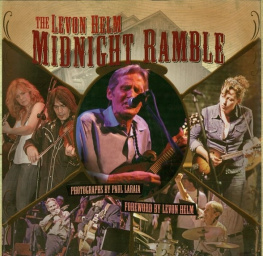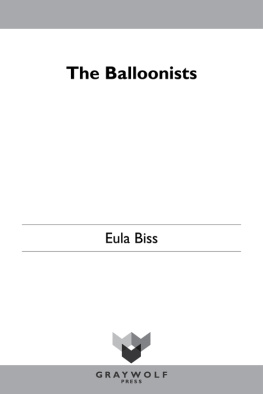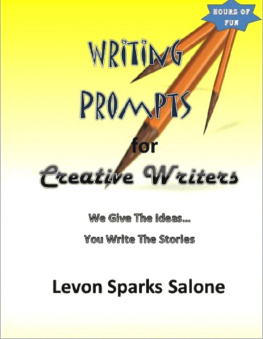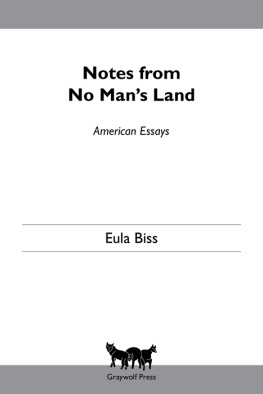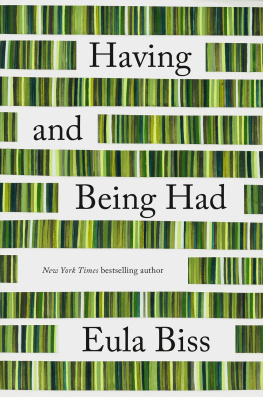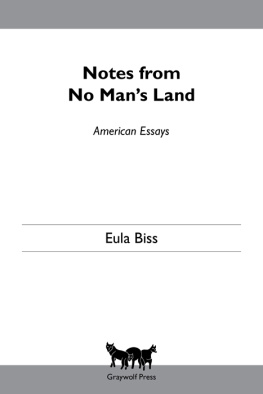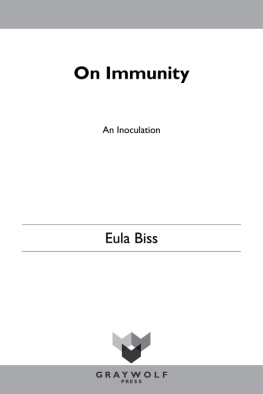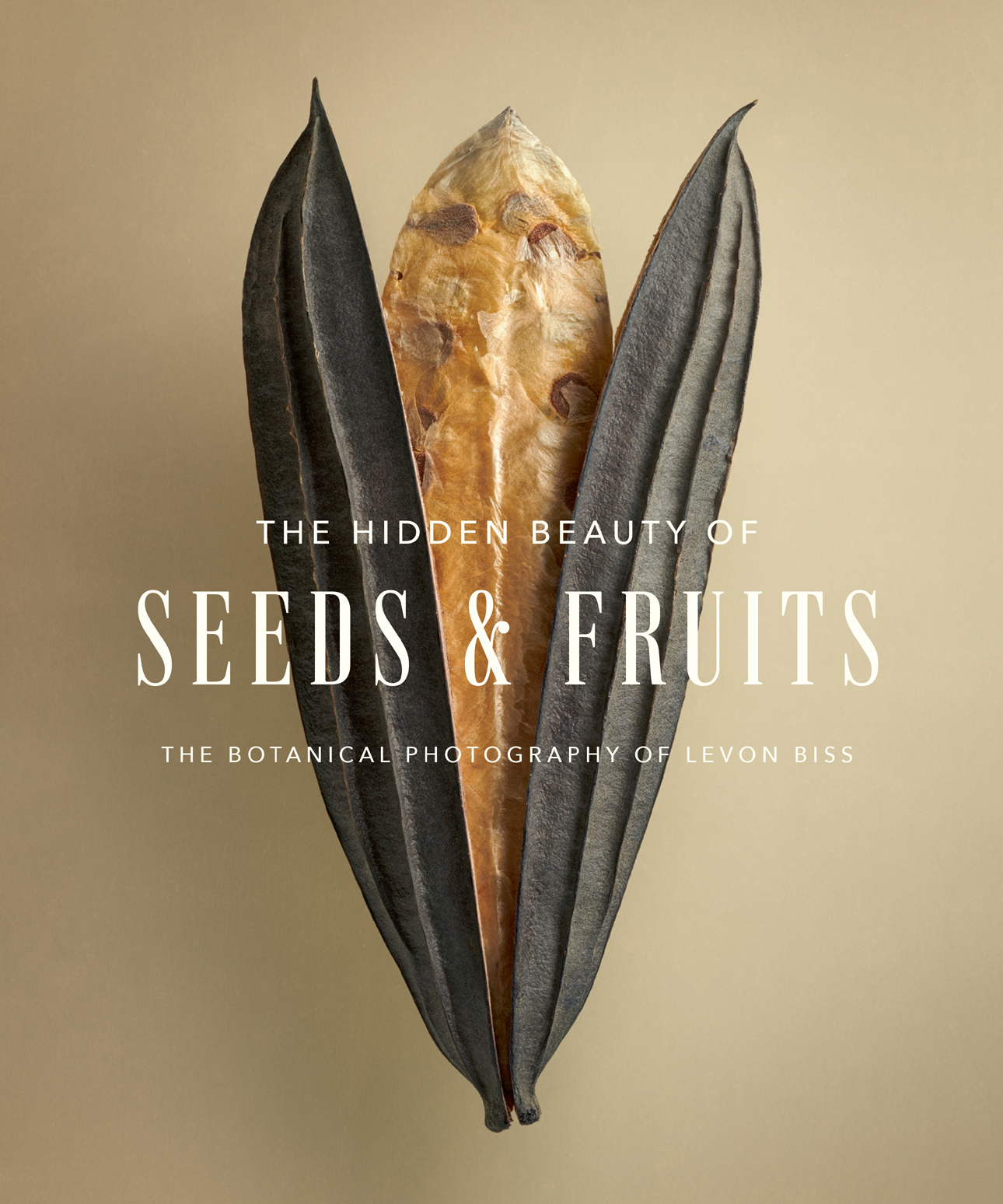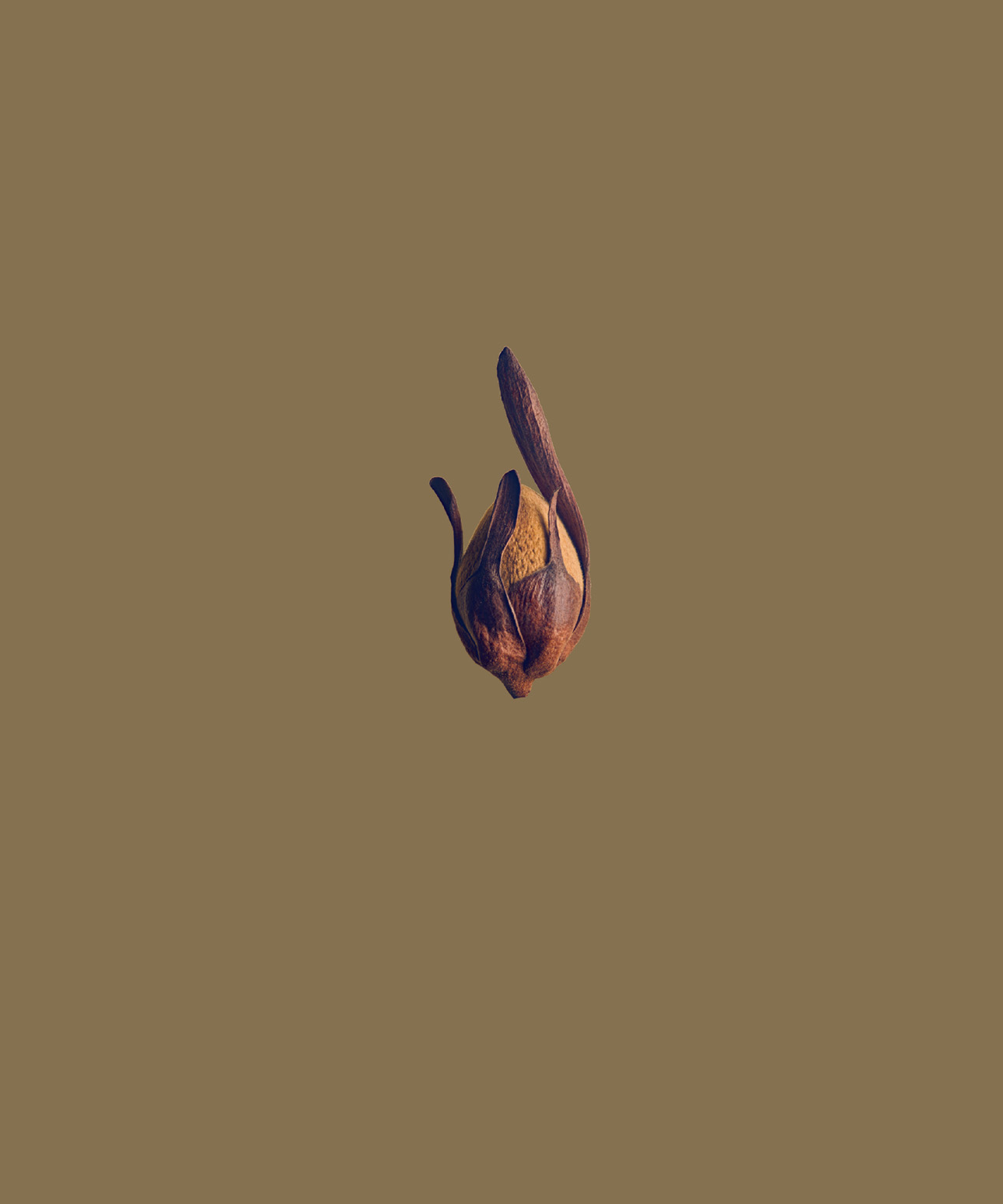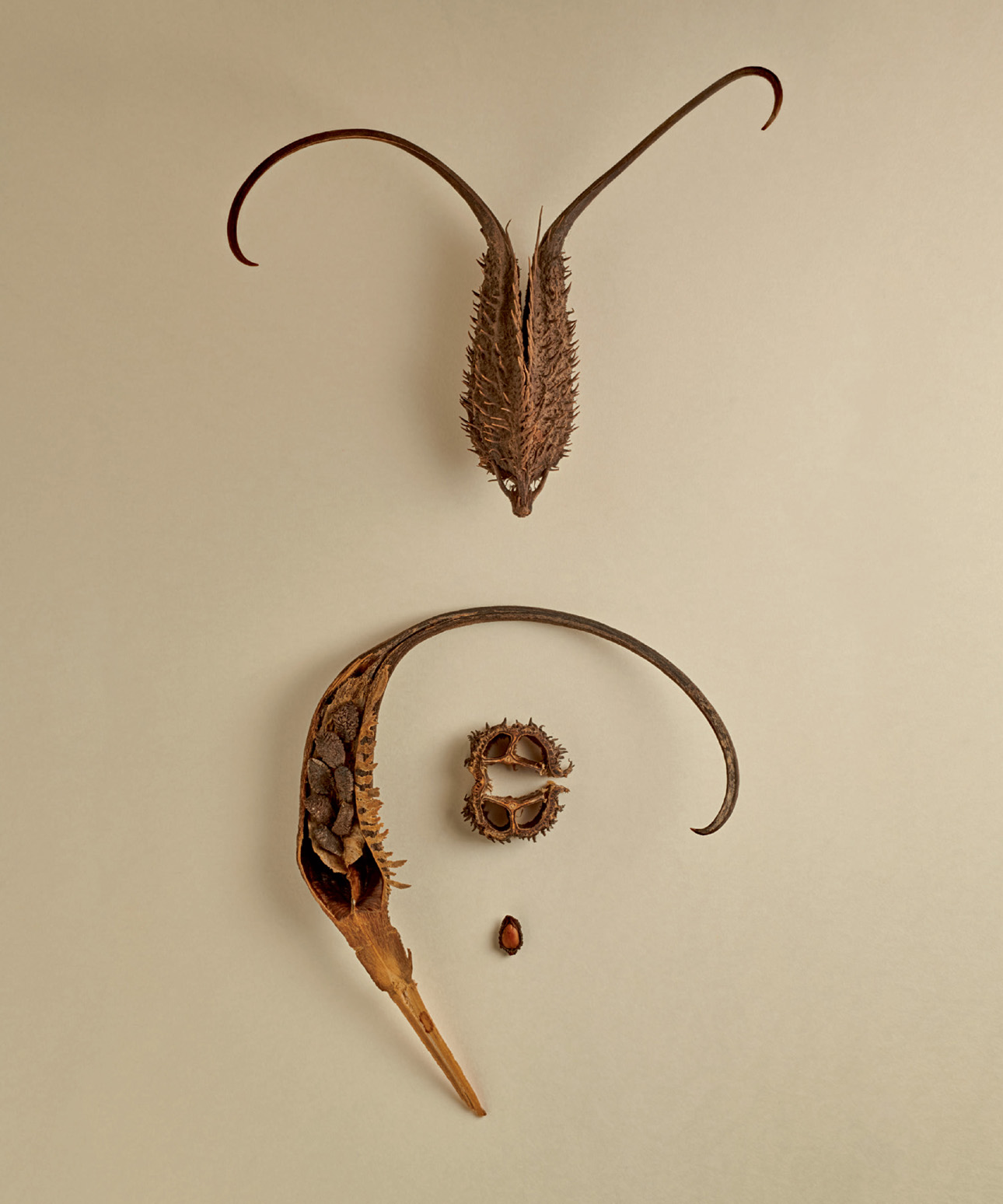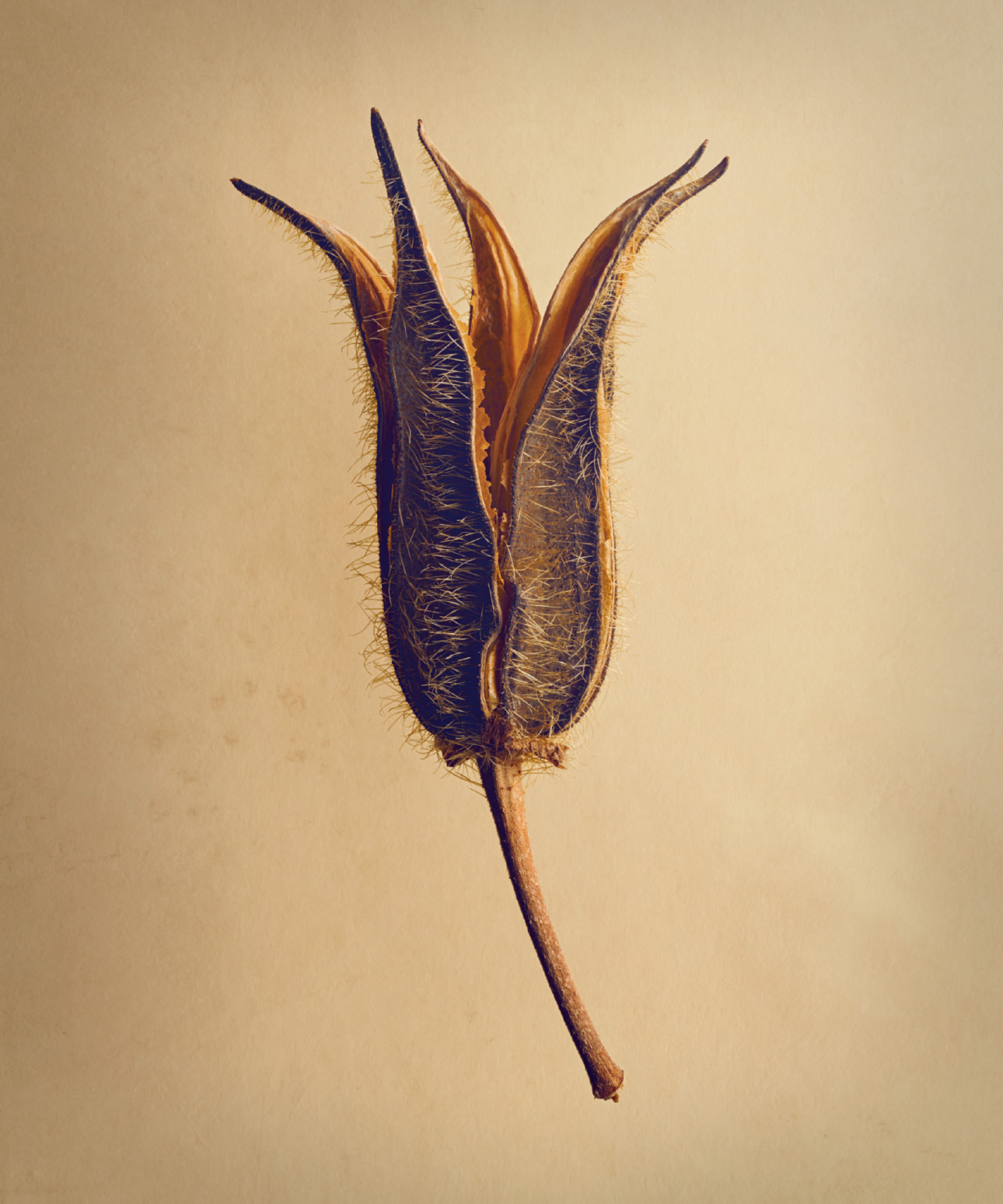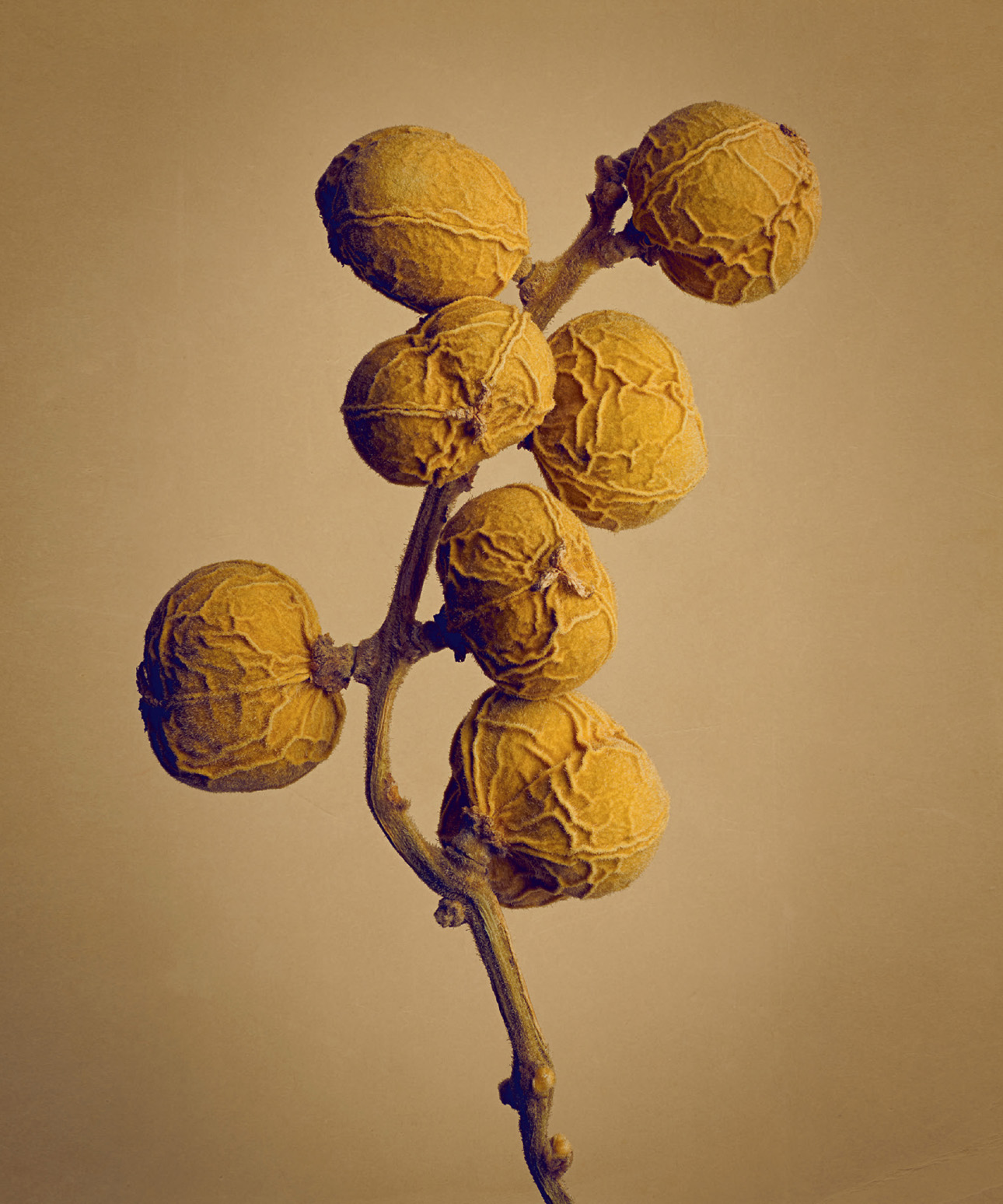
FOREWORD DAVID HARRIS
T
he herbarium at the Royal Botanic Garden Edinburgh (RBGE) houses more
than three million specimens of dried plants collected from all over the world,
covering a period of over three hundred years. And it continues to growwe are
currently adding new specimens, collected by our staff, students, and international
colleagues, at a rate of about ten thousand per year.
Throughout its long history, scientists have used the RBGE herbarium collection
to help them interpret the diversity of plants and fungi. Crops, poisonous plants, garden
plants, medicinal plants, tiny herbs, giant rain-forest treesall kinds of plants and fungi
can be found here. Herbaria such as the one in Edinburgh, by acting as libraries of
plant material, have been crucial in helping us to determine which plants grow where
and how we can differentiate them.
The scientific documentation of the natural history of the world started as
part of the Enlightenment project in the eighteenth century. In Scotland, botanists
had almost all been men, while women and people from other countries who were
involved in the work very rarely had their contributions recorded on the labels or in the
literature. In parallel, there are items in the herbarium that reflect a historical, colonial
approach to the global exploration, acquisition, and exploitation of the worlds natural
resources. It is key that we remain aware of the circumstances in which some specimens
were collected; at the same time, it is critically important that the valuable resources
within the collections are available and used as a global resource. Although our modern
botanical community is very different from how it was three hundred years ago, it is
only by acknowledging the past that we are able to continue to push for more respect
and inclusion.
Now, faced with the twin challenges of climate change and the biodiversity crisis,
researchers are using herbarium specimens in new ways to understand and address
these threats to our planet. For example, old herbarium specimens from Scotland, which
pre-date the Industrial Revolution, provide a snapshot of the environment before
human activities started to have a major impact on it. Plants absorb pollutants from
air and water, and these can remain in the dried specimens. Therefore, by analyzing
herbarium specimens, we can track rises and falls in levels of pollutants from a time

when they were hardly produced. To give another example, by examining herbarium
records of the time of first flowering over two hundred years, we can track plants
response to changing global temperatures. We can also use herbarium records to
track plant migration, and use the information to predict how plants will respond to
climate change in the future.
Over the past ten years, we have digitized a sixth of the collection by capturing
high-resolution technical images of the specimens, each accompanied by a ruler (for
scale) and a color chart, and making them freely available on the Internet. This has
enabled researchers from anywhere in the world to virtually examine the physical
material held in the cupboards here in Edinburgh, and to download the images and
relevant collection data. This is one of a number of international programs that allow
access to the information needed by those working to halt biodiversity loss.
Information from herbarium specimens is used to help determine the
conservation status of plant species, which are included in the International
Union for Conservation of Nature (IUCN) Red List of Threatened Species . This is an
essential source of information on the extinction risk of individual plant, animal,
and fungus species, and as such, informs global efforts to conserve biodiversity.
Based on comprehensive assessments of wild populations, thousands of plants have
been assigned to categories such as Vulnerable or Endangered, or, in the worst cases,
Extinct.
Most herbarium specimens have been pressed flat and affixed to a standard-
size piece of card called an herbarium sheet. Once the specimen has been prepared,
the sheet is placed in a folder. Multiple folders are then stored flat on shelves in
specially designed cupboards. Some specimens, however, are too bulky to fit on
an herbarium sheet; instead, they are stored in boxes and bags of different sizes.
Together, these specimens are called the carpological collection, because they consist
almost entirely of fruits and seeds.
When I visited the Microsculpture exhibition at Inverleith House Gallery last
year, I was struck by the intensity of the jewel-like hues of the insect portraits of
Levon Biss. Therefore, when the possibility of interesting him in taking photographs
of the carpological collection was suggested, I was unsure whether he would find
enough color in the specimens, despite their huge variety of form. However, when he
first visited the herbarium and took his first tour of the carpological collection, we
realized that this idea could come to fruition.


